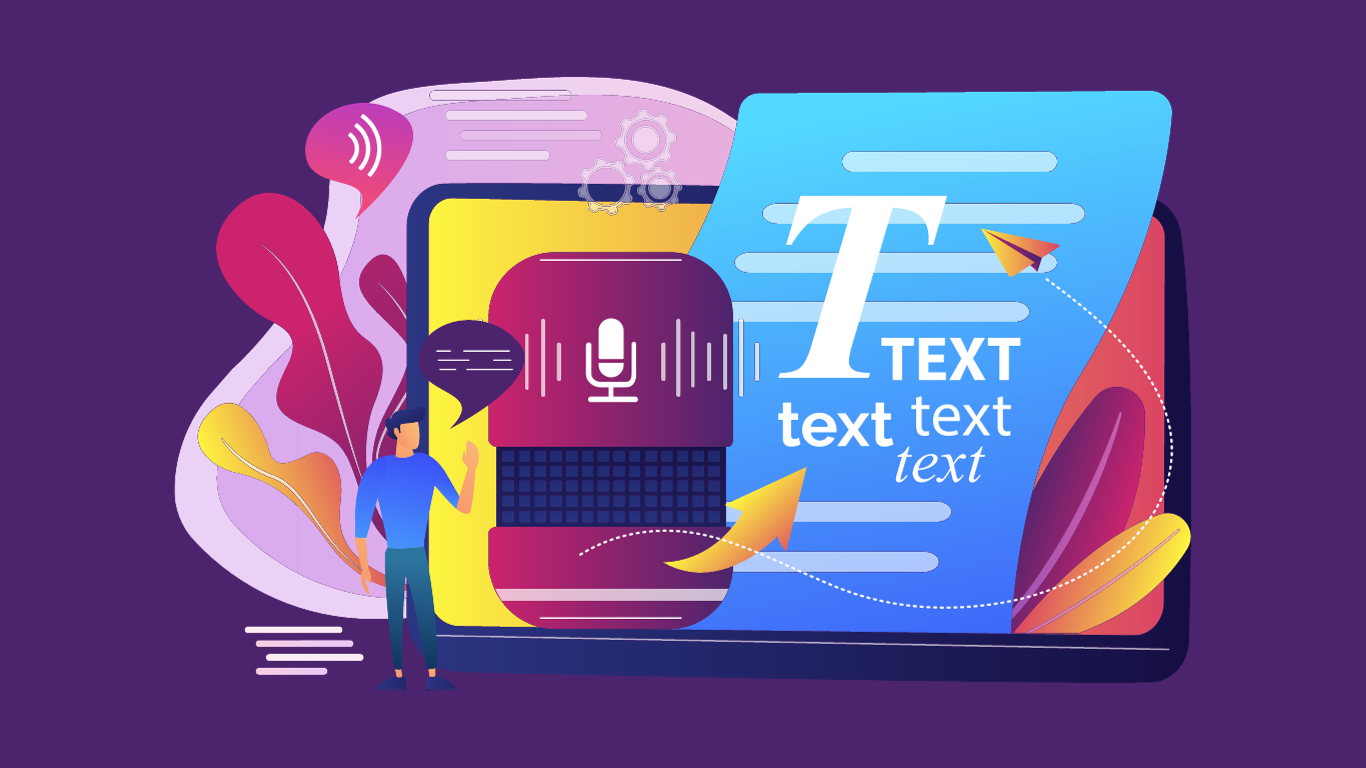As technology advances and speech synthesis becomes more prevalent, many of us are wondering what the future of text to speech looks like. What new capabilities will it have? How will it be used in everyday life? In this blog post, we’ll discuss the current state of text-to-speech technology and some potential predictions about its future. We’ll take a look at the possible developments that could be made in natural language processing, machine learning, and AI. By exploring these possibilities, we can gain insight into how text-to-speech technology may evolve in the coming years.
Natural-Sounding Voices:
The biggest improvement we can expect in text-to-speech technology is the development of more natural-sounding voices. Currently, most synthesized voices sound robotic and stilted, lacking the nuances and inflections that make human speech so expressive. However, recent advancements in deep learning and neural networks are making it possible to generate voices that are indistinguishable from real humans. As this technology continues to improve, we can look forward to a future where text-to-audio sounds as natural and expressive as the human voice itself.
Multi-Language and Multi-Dialect Support:
One of the biggest challenges facing text-to-speech technology is supporting a variety of languages and dialects. However, as machine learning and natural language processing technologies continue to improve, so too will the ability of TTS systems to accurately and seamlessly convert text into speech in a multitude of languages and dialects. This will be especially important for global businesses and organizations that need to communicate with customers and clients in their native languages and dialects. Additionally, as immigration and globalization continue to increase, the ability to accurately and fluently speak different languages and dialects will become more important than ever before.
Custom Voice Creation:
With the advent of artificial intelligence and machine learning, text-to-speech technology has made great strides in achieving human-like speech synthesis. But imagine if you could create your own unique voice, tailored to your brand or personality. Custom voice creation is a growing trend in the text-to-speech industry, allowing users to upload their own recordings to create a personalized voice that reflects their individuality. This technology has the potential to revolutionize the way we communicate, enabling more authentic interactions between people and machines. As the demand for customized experiences continues to grow, custom voice creation will become an essential tool for businesses and individuals alike.
Emotional Inflection:
In the near future, Read Text Aloud technology is expected to include emotional inflection, allowing the synthesized voices to express various emotions such as happiness, sadness, anger, and more. This can greatly enhance the user experience by making interactions more engaging and human-like. With emotional inflection, synthetic voices can express empathy or enthusiasm, making them suitable for a range of applications such as customer service, education, and entertainment. This development will likely also impact fields like psychology and therapy, where synthetic voices with emotional inflection can help patients practice cognitive behavioral therapy or receive emotional support.
Context Awareness:
As we interact with different situations, the ability to have an AI voice that understands the nuances of language and tone will become even more important. For example, a virtual assistant that can understand whether you’re stressed or calm, and adjust their response accordingly. Contextual understanding is about creating more natural and intelligent conversations with AI. This requires the incorporation of sophisticated algorithms that analyze data sets to create more personalized, empathetic, and human-like responses from AI voices. As we continue to rely on these devices for more tasks in our lives, contextual understanding will become crucial for making the experience seamless and natural.
Integration with Virtual Assistants and IoT Devices:
As the world becomes increasingly interconnected through the Internet of Things (IoT) and virtual assistants like Siri, Alexa, and Google Assistant, it’s only natural that text-to-speech technology would follow suit. In the near future, we can expect to see seamless integration between text-to-speech and virtual assistant devices, enabling users to interact with their technology in more human-like ways. Additionally, IoT devices that rely on voice commands will be able to use natural-sounding text-to-speech technology to better communicate with users. This integration will be a game-changer, making it easier for people to communicate with their technology and creating a more natural user experience.
Conclusion:
Text-to-speech (TTS) technology is rapidly evolving, and the future of this field is very promising. With new advancements in neural TTS, voice cloning, and other emerging trends, TTS is becoming more natural, lifelike, and accessible than ever before. As TTS technology continues to evolve, it is likely to have an even greater impact on our lives. It has the potential to revolutionize the way we consume and create content, and to make the world a more accessible and inclusive place.



